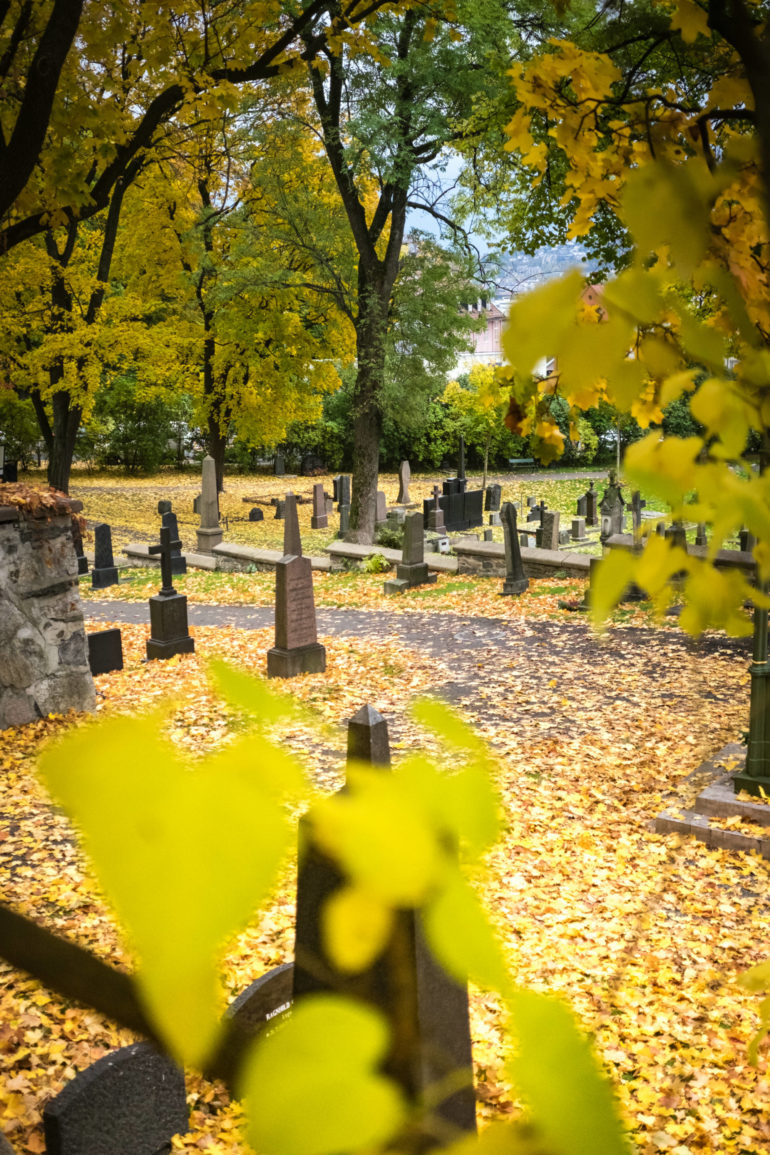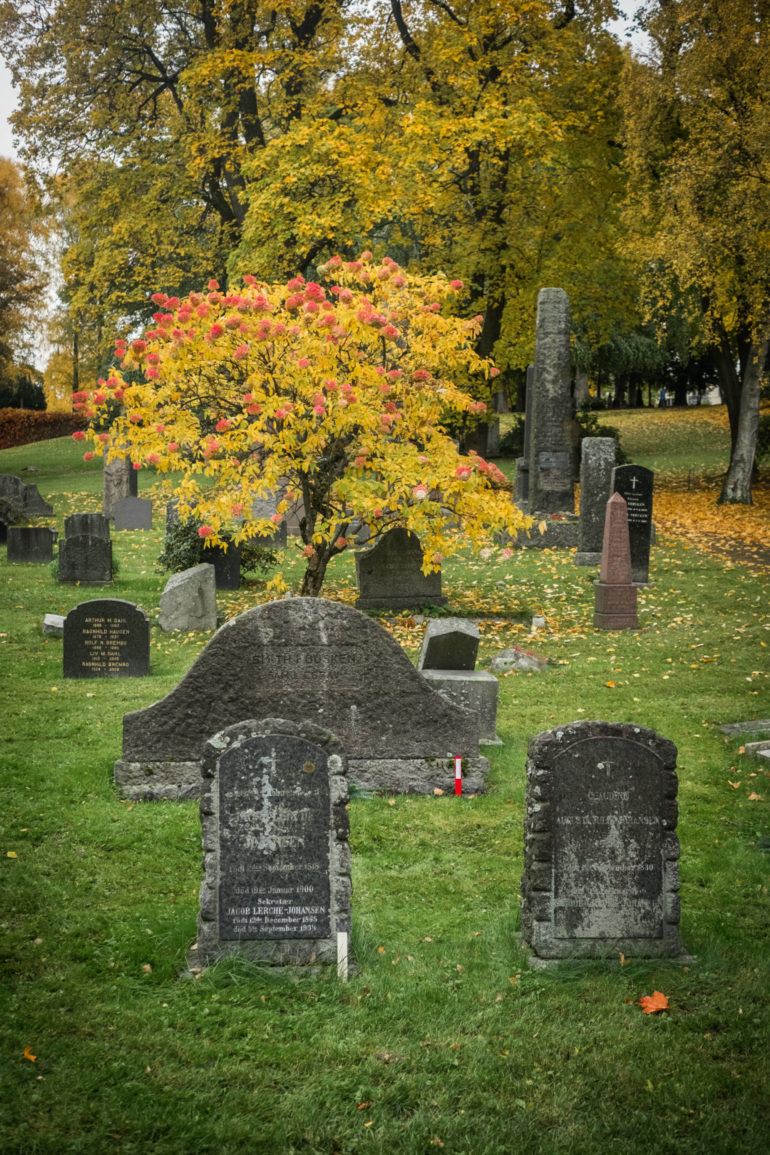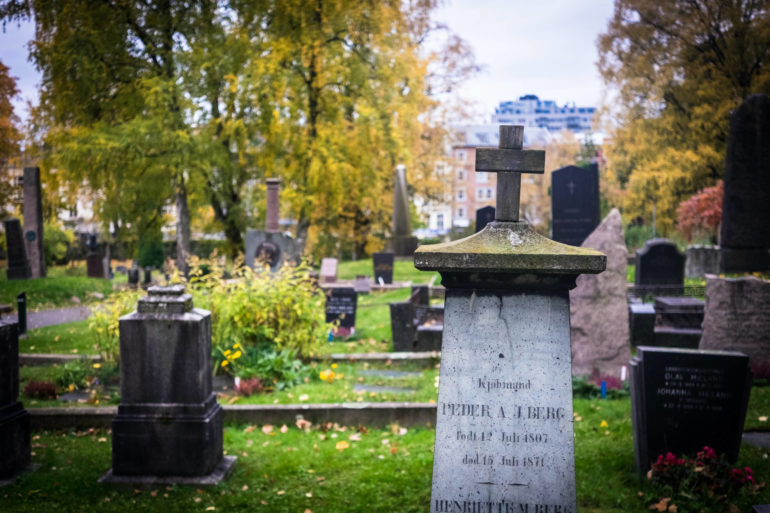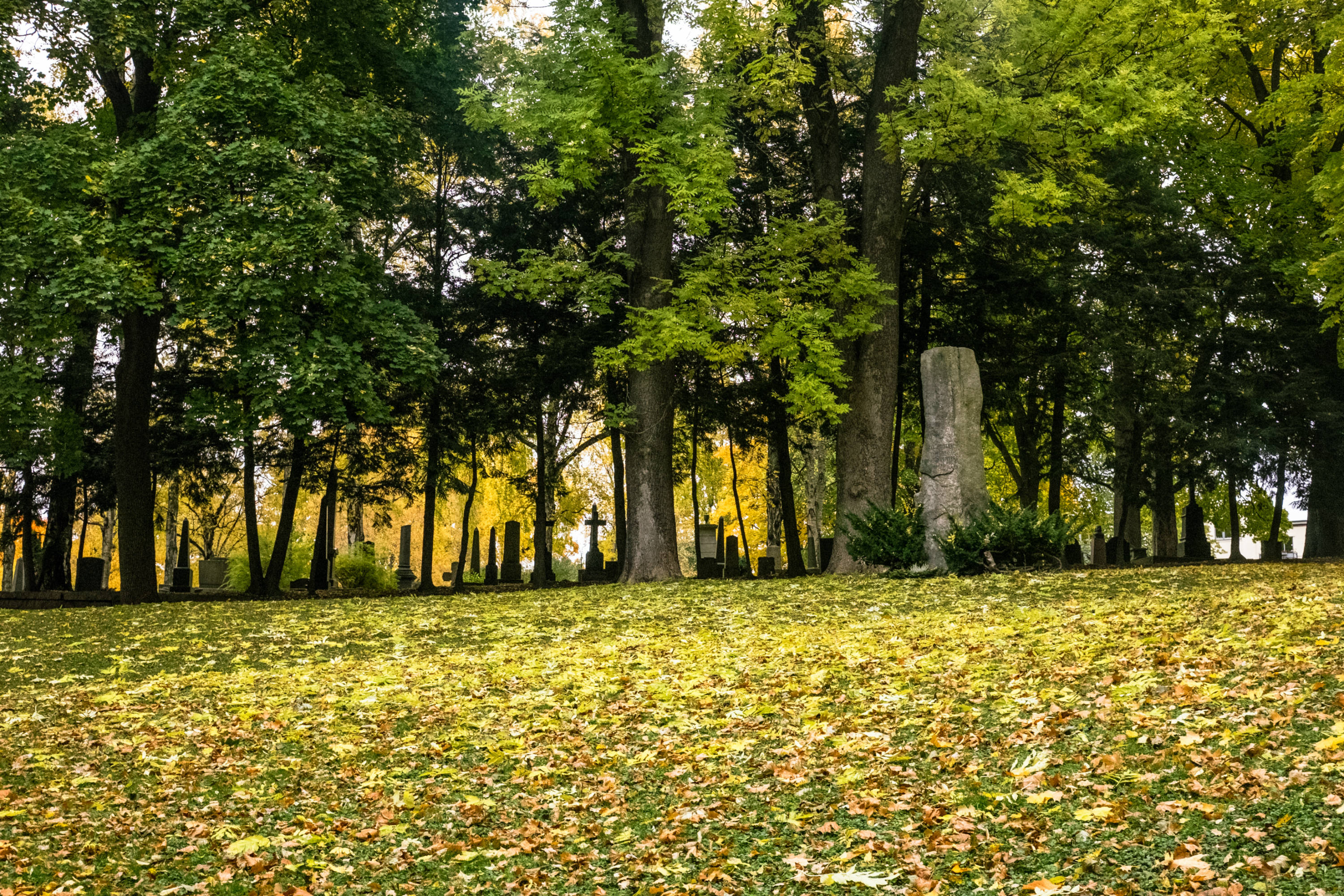Last Updated on 10/27/2020 by Mark Beckenbach
Graveyards are a sensitive topic, which begs the question: is it okay to photograph them?
For many people, talking about death or anything linked to it brings out a host of sensitives. Losing a loved one isn’t easy, nor is the aftermath of arranging where to keep them. Because of the pain associated with someone dying, talking about it is somewhat taboo. For those who have opted for a burial, graveyards become the home of the ones they’ve lost. They’re peaceful environments: a place for reflection and closure. They’re also often public spaces, and people have the right to photograph in them. But does that make it okay?
The Problem with Photographing Graveyards

Before we answer the main question of this piece, we must first understand why it’s being asked. What could the possible problem be with photographing in such a space?
Assuming the photographer is not paid to be there, a person photographing in a graveyard is likely doing it in their spare time and of their own free will. To paraphrase, it could be said they’re making the photographs because they enjoy it. This may be a problem for some, because while families and individuals often go to grieve or connect with someone they lost, the thought of someone potentially “having a good time” makes them feel uncomfortable.
While I have no problem with people making images in a graveyard, I can empathize with why some people would. But that doesn’t mean a photographer should avoid making images. They should just consider their approach and what they choose to photograph.
How to Photograph in Graveyards

Let’s focus more on the way you photograph in a graveyard. Most of it is common sense, but for those worrying about the question, here are some key pointers to consider.
Photograph with empathy: Remember, if you’re visiting a cemetery only to make photos, then you must give priority to those that there to visit someone who has passed away. While making an image, you must remain quiet, and ensure you don’t encroach on other people’s space. Allow them the freedom to express their emotions, without feeling someone else is there to turn them into some form of photographic theatre.
Go at quieter times: Honestly, unless you have their consent, I would avoid photographing people at all. To make this easier, get up early when there will likely be fewer people at the cemetery. This gives you more space and time to shoot freely, and you have less chance of offending people.

Only shoot documentary style: This is a big one. If you shoot documentary or street photography, you’re able to do so in a way that is subtle and respectful. If, however, you’re doing a portrait shoot because you think it’s a cool location, then you have a problem. People don’t want to see models, lights, and good times when they’re visiting a graveyard. It’s insensitive, and it’s likely you’ll be asked to leave.
Final Thought
Overall, when it comes to photographing in public spaces, I’m an advocate of free will. While ethics should always apply, it’s nobody’s place to tell you what or where you can and can’t photograph. But we must still be good people, and consider the thoughts and feelings of the other humans that we share this world with. So, by all means, go and photograph in a graveyard should you feel the need to, just be mindful of how you do it. This way everyone is happy – and that’s the most important thing when it comes to creating candid images.


